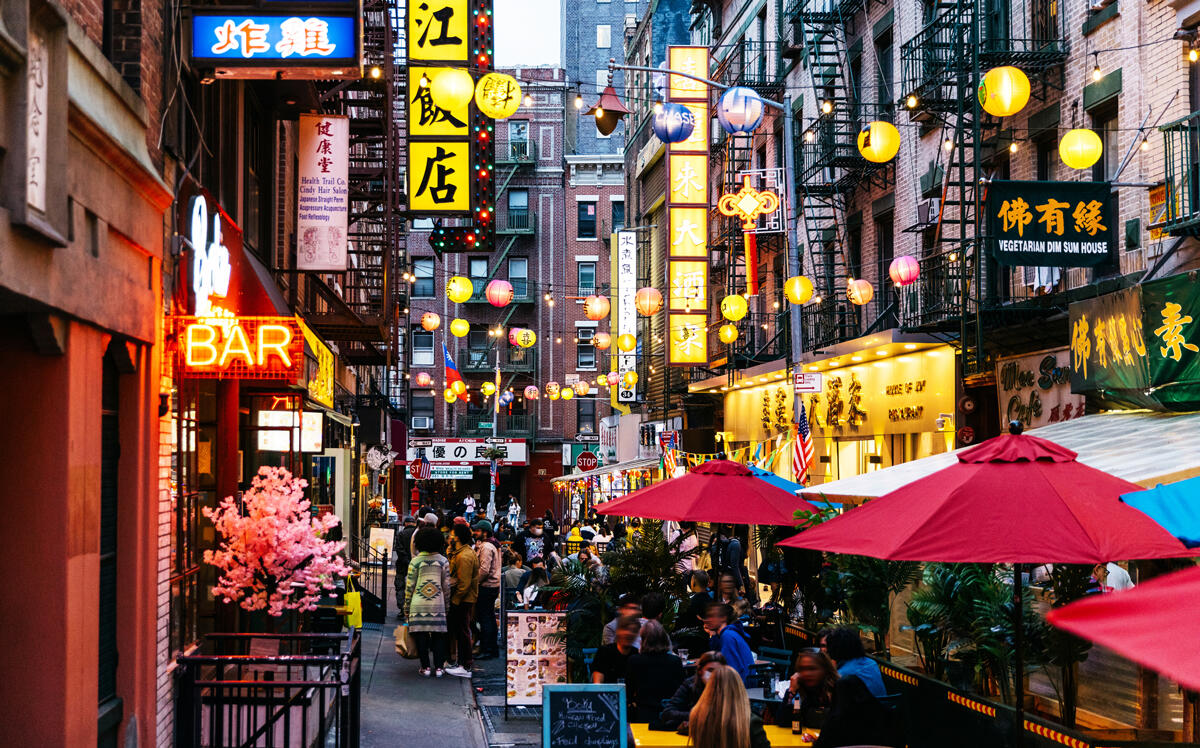Trending
Are Chinatown’s days numbered?
How one of Manhattan's last working-class neighborhoods could go the way of SoHo

Manhattan’s Chinatown on the Lower East Side has for decades been buffered from gentrification by a stalwart group of civic associations that have held on to properties akin to those snatched up by developers in neighborhoods like Soho.
But in the wake of Covid, that could all be changing.
The New York Times is reporting that those real-estate rich, traditional Chinese associations are in desperate need of new, younger members, or one of the few remaining working-class neighborhoods in Manhattan may go the way of, well, just about every place else in the borough.
“When we lose them, who takes over?” Jan Lee, a board member of the Small Property Owners of New York, an advocacy group, told the newspaper. “It’s not another Chinese property owner. It’s likely a corporate entity.”
The combination of the lack of new blood, the pandemic, rising real estate taxes, unpaid rent and spiraling maintenance costs could push the groups — many of which have held on to their properties for decades — to finally sell what have for years been low-rise, rent-controlled buildings.
And recent developments such as the more than 800-foot-tall luxury condo tower in nearby Two Bridges have created a new interest in Chinatown.
Ownership changes in Chinatown’s commercial and apartment buildings could be detrimental to the tenants that have agreed to deals reducing rents with their landlords during the pandemic, according to the report.
The birth of associations in Chinatown dates back more than 125 years, with many sprouting up in response to the Chinese Exclusion Act of 1882, which practically banned immigration from China until 1965. That resulted in Chinese residents who shared a similar background or profession creating de facto governments that would work out disputes, levy fees and decide where businesses could exist all the while lending money and assiting members looking for work.
But with Chinatown’s demographics changing as many residents move to less expensive areas such as Flushing, Queens, and new Chinese immigrants coming from different areas of the country, the quest to refill the rolls of the community groups could be a difficult one.
And even new, younger members may have a different idea about what to do with the properties the organizations own.
“They have no passion for the property,” Tak Wong, a former president of the Lin Sing Association, which owns an apartment building on Mott Street with ground-floor souvenir shops, told the Times. “They just join and wait until they have enough power, and then they vote, ‘Let’s sell it!’”
[New York Times] — Vince DiMiceli




